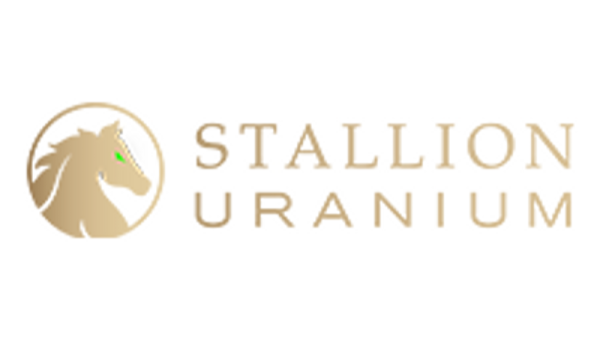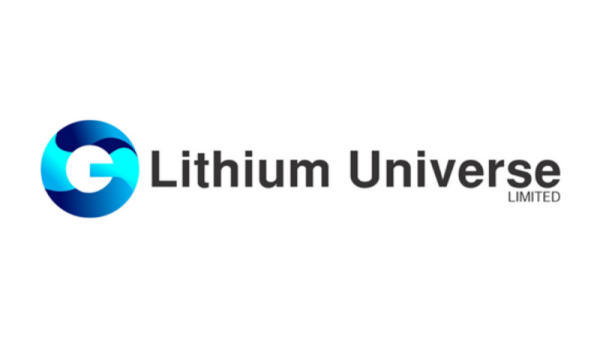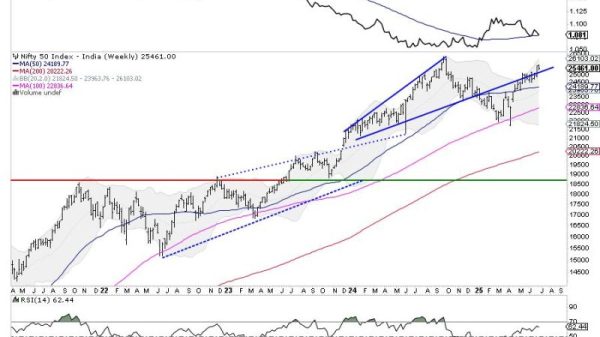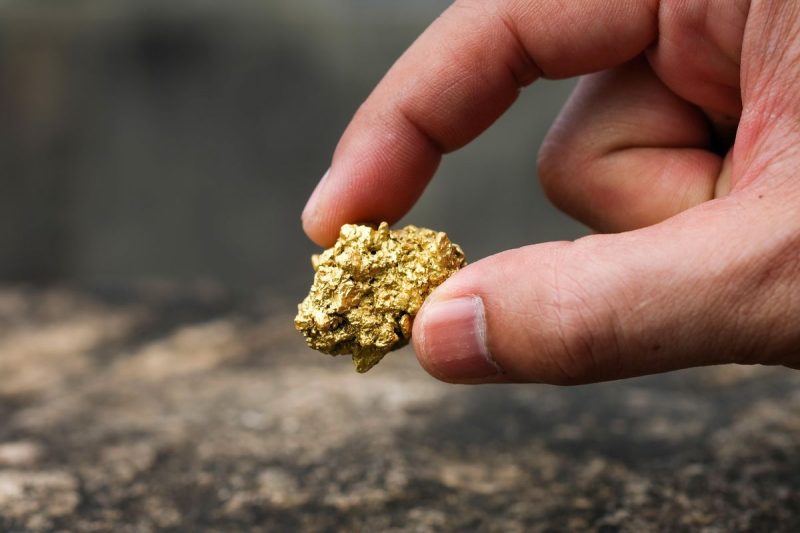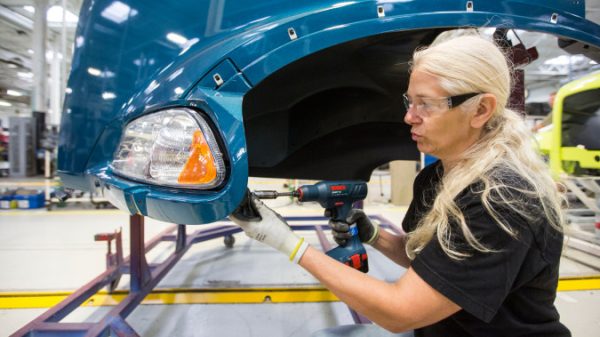The world holds several hundred active gold mines, but not all are created equal.
The world’s largest gold operation by production is Barrick Gold (TSX:ABX,NYSE:GOLD) and Newmont’s (TSX:NGT,NYSE:NEM) Nevada Gold Mines joint venture in the US. An important source of gold, the mining complex is comprised of 10 underground mines and 12 surface mines, including the famous Cortez and Goldstrike mines.
Apart from size, what makes a world-class gold deposit? Various characteristics must be considered when determining the status of a gold deposit, including deposit type, average grade and mining and processing costs. Read on to learn more about those three factors and how they can be used to identify world-class gold deposits.
What makes a world-class gold deposit?
1. Look for lode
Gold deposits are formed by a wide range of geological processes, and according to the US Geological Survey, they generally fall into two categories: lode deposits and placer deposits. Gold can be found in these deposits in a variety of forms, including nuggets, fine grains, flakes and microscopic particles. The metal is usually found alloyed to silver as electrum or with mercury as an amalgam.
Lode deposits are considered primary gold deposits because they are bedrock deposits that have not been moved. They come in a range of shapes and sizes — indeed, the US Geological Survey notes that they can “form tabular cross-cutting vein deposits but also take the forms of breccia zones, irregular replacement bodies, pipes, stock-works and other shapes.”
Placer deposits are secondary deposits, and they are created when lode deposits are eroded and the gold in them is redeposited. Often alluvial processes are responsible for forming these deposits — running water will erode a lode deposit, and then the gold will fall from suspension as the water slows, creating placer deposits in places like the inside bends of rivers and creeks.
In the past, placer deposits were important sources of gold, but today few economically important placer deposits remain in the world. The top gold deposits are now lode deposits.
2. Consider grade
Grade refers to the proportion of gold contained in ore and is represented in grams per metric ton (g/t). Generally, companies want to find deposits with higher grades as they contain more gold and will usually be more economically sound.
According to the World Gold Council, larger and better-quality underground mines contain around 8 to 10 g/t gold, while marginal underground mines average around 4 to 6 g/t gold. Open-pit mines usually range from 1 to 4 g/t gold, but can still be valuable.
3. Understand mining and processing costs
While grade is important, even a high-grade gold deposit can be uneconomic if extracting the gold it contains is too expensive.
Placer gold deposits are generally easier and cheaper to extract gold from, but as mentioned, few economic placer gold deposits remain today — those in existence are mostly low grade and are not large enough to be viable. It is harder to extract gold from lode deposits as either open-pit or underground mining operations must be constructed, but as technology continues to advance, companies are becoming better able to streamline operations and cut costs.
One increasingly important factor weighing on mining costs is that gold production is becoming more reliant on smaller operations rather than individual large-scale mines. This shift has raised development and operating costs in the gold industry as a whole.
In addition to extraction costs, it is important to look at the processing costs a deposit will incur. The type of processing used generally depends on a deposit’s grade, and there are pros and cons to each type. For instance, the US Geological Survey explains that heap leaching and vat leaching are “relatively low-cost processes” that have made it economic to mine lower-grade deposits.
However, these processing methods “extract somewhat less of the contained gold than the cyanide-extraction methods used for higher grade ore.” Ultimately, companies must choose the best method for their deposit while keeping costs as low as possible — world-class deposits will be those where large amounts of gold can be mined and processed at a relatively low cost.
What are some examples of world-class gold deposits?
Along with the Nevada Gold Mines complex in the US, other examples of world-class gold deposits include:
Peru’s Yanacocha mine, operated by NewmontThe Boddington mine in Australia, operated by NewmontThe Muruntau mine, owned and operated by the government of Uzbekistan; it ranked as the world’s second largest gold-producing mine in 2021The Lihir mine, located on Lihir Island in Papua New Guinea, owned and operated by NewmontCadia Hill, an open-pit mine owned by Newmont within the Cadia Valley in Australia
Securities Disclosure: I, Melissa Pistilli, hold no direct investment interest in any company mentioned in this article.



